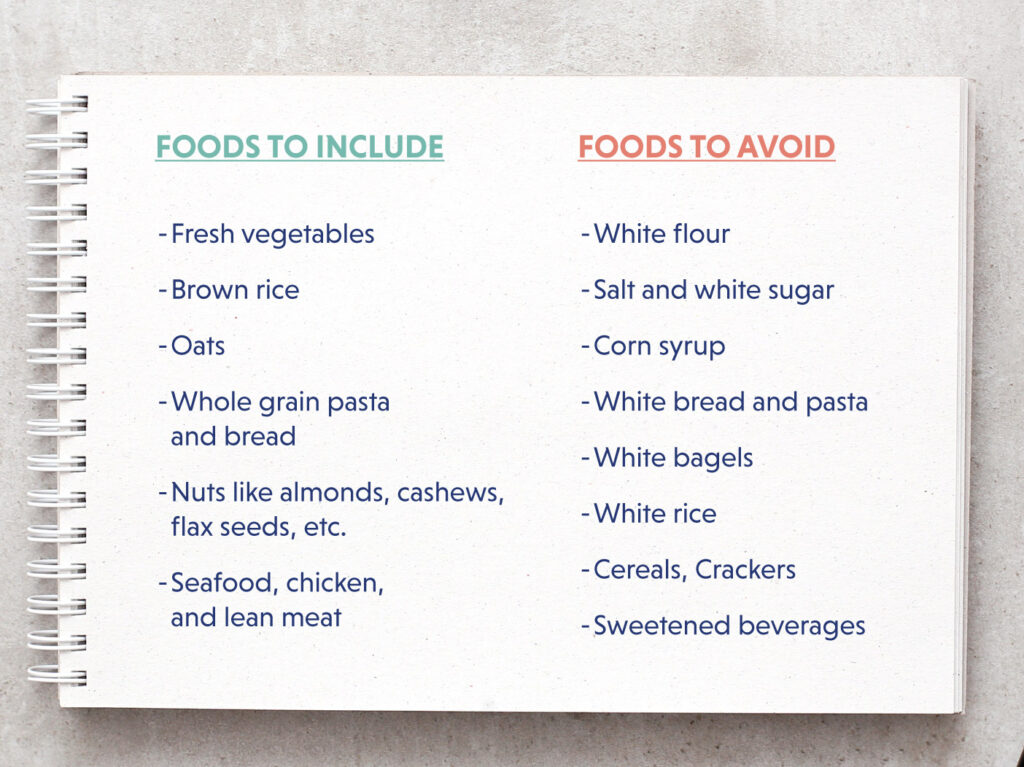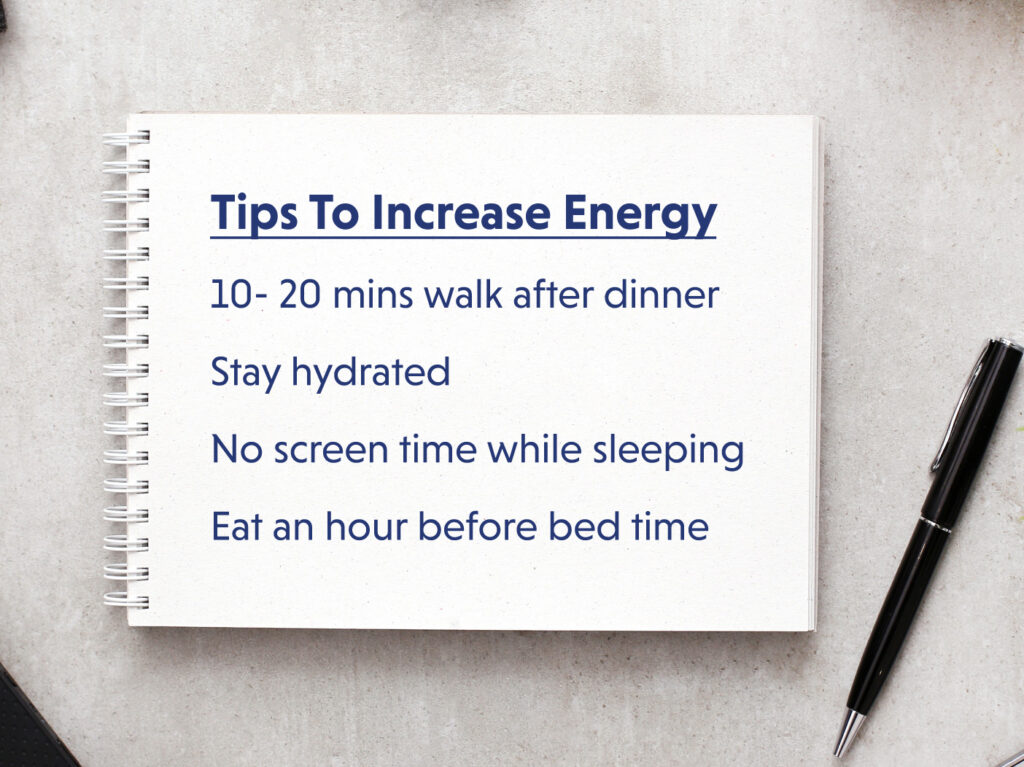What Happens When We Avoid White Foods From Our Diet
A healthy gut is crucial for healthy living. However, if one is not following the correct diet per their body’s needs, a diet plan needs to be introduced. Diets can be pretty exhausting as most of them involve cutting down a lot of tasty foods. Therefore, you need a diet plan that does not bring much change but is effective in restricting excessive calorie intake.
One such diet is the “NO WHITE FOODS DIET.” This type of diet helps you avoid white foods that are nutrient-less, high in starch, and high in sugar. White foods mainly focus on white sugar and flour. The reason for limiting these foods is they are highly refined and have a high glycemic index. The process of refining removes the essential fibers and nutrients from the food item and makes its absorption quicker in the stomach. This will result in your glucose levels shooting up and leave you feeling hungry at short intervals.
Therefore, including too many white foods in your diet will result in increased calories and raised cholesterol and glucose levels. All these factors further promote the risk of weight gain and health problems like diabetes and heart disease.

FOODS TO BE INCLUDED
- Fresh vegetables, excluding any type of potatoes
- Brown rice
- Oats
- Whole grain pasta and bread
- Raw and plain nuts like almonds, cashews, flax seeds, etc.
- Seafood, chicken, and lean meat
FOODS TO BE AVOIDED
- White flour
- Salt and white sugar
- Corn syrup
- White bread and pasta
- White bagels
- White rice
- Crackers
- Cereals
- Baked goods
- Ice cream
- Vegetables like cauliflower and potatoes
- Egg white
- Sweetened beverages and juices
BENEFITS OF AVOIDING WHITE FOODS IN YOUR DIET
- AID IN DIGESTION
When we substitute white foods with whole grains, the fiber content of your meal improves. These fibers act as prebiotics, i.e., food for the beneficial bacteria of your gut. Secondly, fiber helps in increasing the bulk of waste and lowers the risk of constipation. Therefore, when we avoid white foods, it supports healthy digestion in various ways.
- REGULATE BLOOD SUGARS:
Our body uses insulin hormone to process the blood sugars. Insulin sensitivity allows the sugar in the bloodstream to enter the cells and regulate the blood glucose levels. However, if we consume excessive sugars, it stimulates the release of lots of insulin. If this process repeats often, cells become insulin resistant, and sugar builds up in the blood.
Therefore, avoiding excessive sugar intake can improve the insulin sensitivity of cells, and less insulin is required to absorb the blood sugars. This will also maintain the blood sugar balance and lower the risk of diabetes.
- LOSING WEIGHT
Sugar itself doesn’t contribute to weight gain but has an indirect effect. Diets high in sugar result in belly fat and make you retain this extra weight. Therefore, when we reduce the consumption of sugary products, the stored fats in our bodies will be consumed to release energy. This will help you reduce weight over time as it is not a rapid process.
Besides altering your diet, following an exercise routine will help speed up the weight loss process.
- REDUCE INFLAMMATION
Any foods that are white lose fiber and nutrients during the process of refining. Therefore, it is easier for the digestive juices to break down these foods. Quick digestion can instantly spike insulin levels resulting in a pro-inflammatory response.
- FACE UPLIFTMENT
Reducing sugar intake helps strengthen elastin and collagen. This will improve your complexion and decrease the level of inflammation present in the skin. Thus, problems like acne can also be avoided. Avoiding excessive sugar will also slow down the process of ageing, as sugar makes you wrinkle faster.
- SLEEP LONGER

When you avoid white foods from your diet, your body’s sleeping pattern will start to improve in a few weeks. You will notice yourself falling into a deeper sleep and feel more refreshed in the morning.
This happens because when we consume high amounts of refined sugars, it reduces restorative sleep. Consequently, the merging of memories and information learned throughout the day is compromised, and this disturbs your rapid eye movement sleep. Therefore, limit sugar-sweetened beverages and white foods and opt for healthy foods like sparkling water, fruits, and vegetables.
- MAINTAIN ORAL HEALTH
Bacterial growth occurs if you are not careful about removing the sugar that sticks to your teeth. These microbes break down the sugar in your teeth to produce an acid. This acid further destroys the surface of your teeth, causing dental cavities. Therefore, one must practice good oral hygiene by
- flossing daily
- brushing teeth twice with fluoride toothpaste
- visiting the dentist at least once a year
- REDUCE THE RISK OF LIVER DISEASE
Many research articles emphasize the association between excessive sugar intake and non-alcoholic fatty liver disease (NAFLD). The physiology behind this association is the poor absorption of sugar by our liver. This happens when a high amount of sugar is taken into the diet more often. When this sugar stays unabsorbed for a long time in the liver, it accumulates as fat and results in fatty liver.
- SUPPORTS HEART HEALTH
White foods and sugar are caused by high levels of triglycerides, a type of fat. These fats increase the risk of heart disease. Reducing added sugars will be beneficial, even if you are at a healthy weight and free from any health issues because it will keep your blood pressure, cholesterol and triglycerides controlled. Keeping these parameters within the safety limits will therefore support a healthy heart.
- LOWERS THE RISK OF DEPRESSION
Sugary beverages trigger your brain to release endorphins and dopamine that make you feel good for a short period of time. Unfortunately, sugar may arouse addiction when eaten too much for a long period of time. As a result, when an individual tries to limit sugar intake, it will lead to depressive symptoms in the initial phase. But following the “NO WHITE FOOD DIET” will eventually, help you get rid of this addiction.
SIDE-EFFECTS OF AVOIDING WHITE FOODS
Be gradual when you want to start a diet that avoids white foods, which are part of your regular meals. Some individuals respond to this new diet plan and experience these side effects.
- Cranky or irritable
- Fatigue
- Headache
- Feeling of sadness
- Depression
CONCLUSION
When an individual plans to avoid white foods, it means eliminating bad carbohydrates from their diet. Learning how to choose good carbohydrates to eat will meet the body’s energy requirements. However, don’t stress out if you pick a piece of pastry at a party every now and then. An occasional treat won’t harm you.
Download the JOYSCORE APP to enjoy a happy and healthy life.
Download on the Appstore
Get it on Google Play









